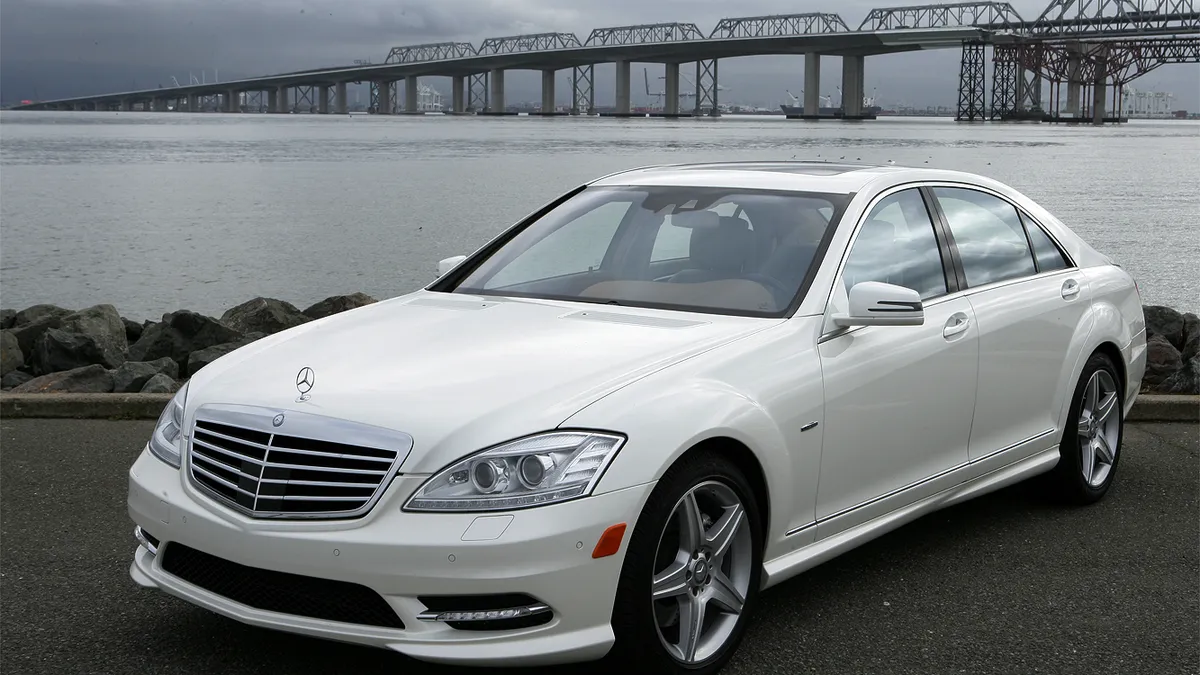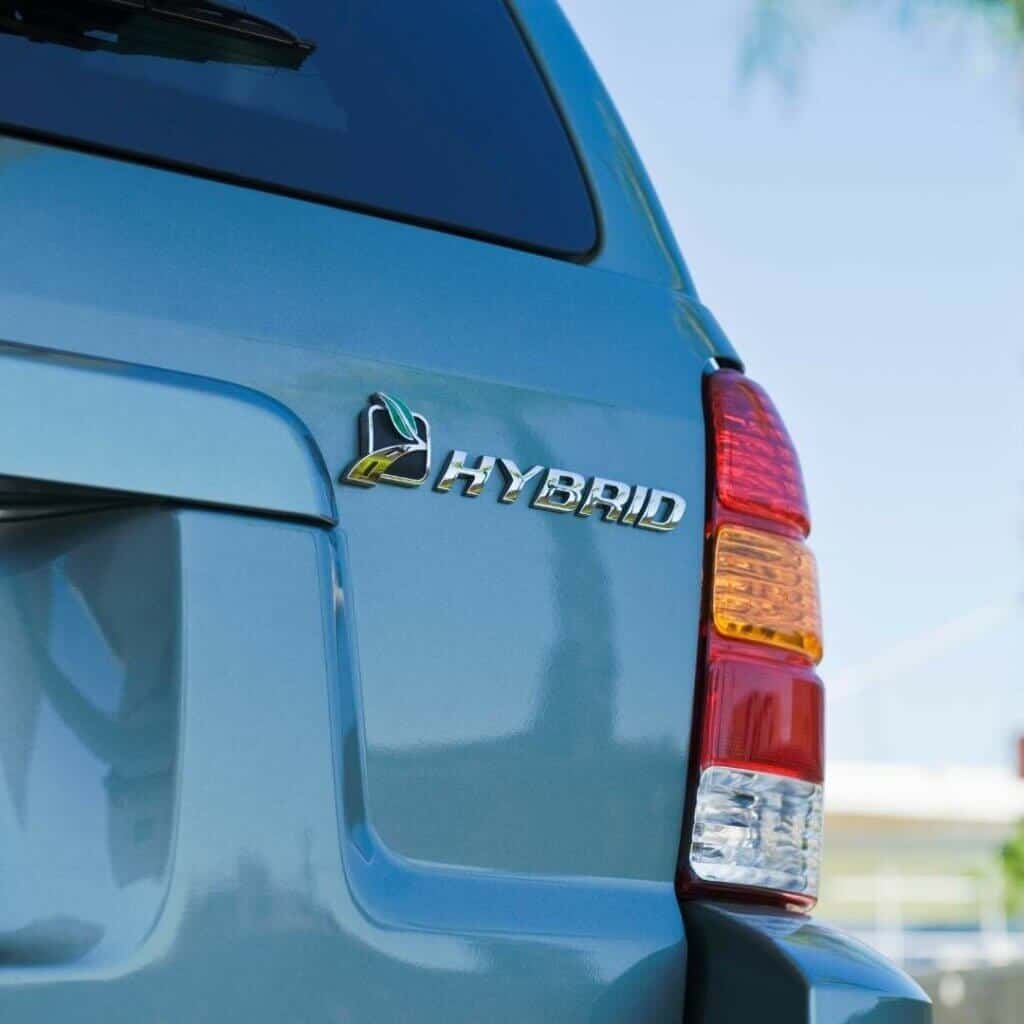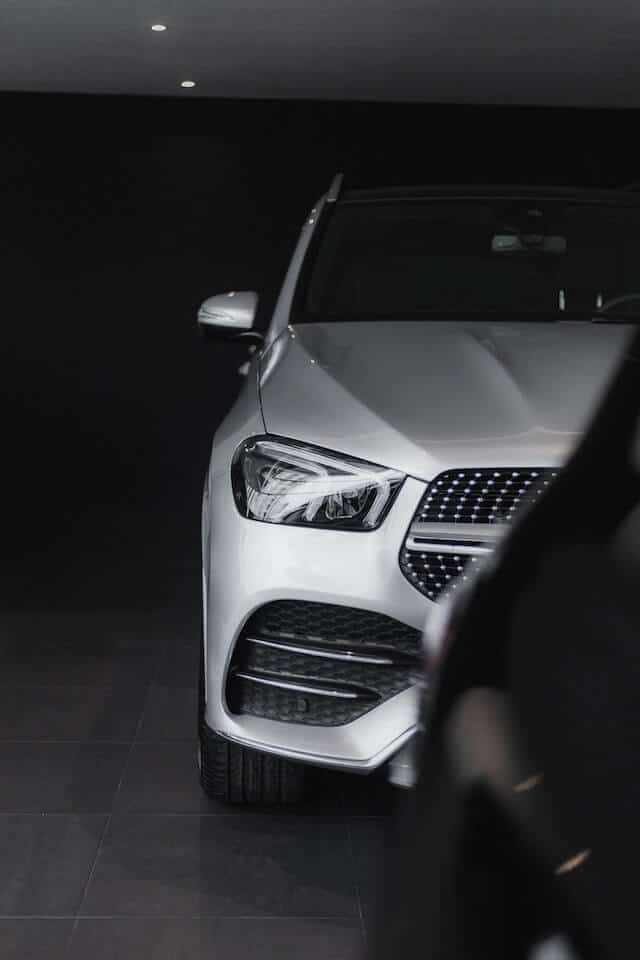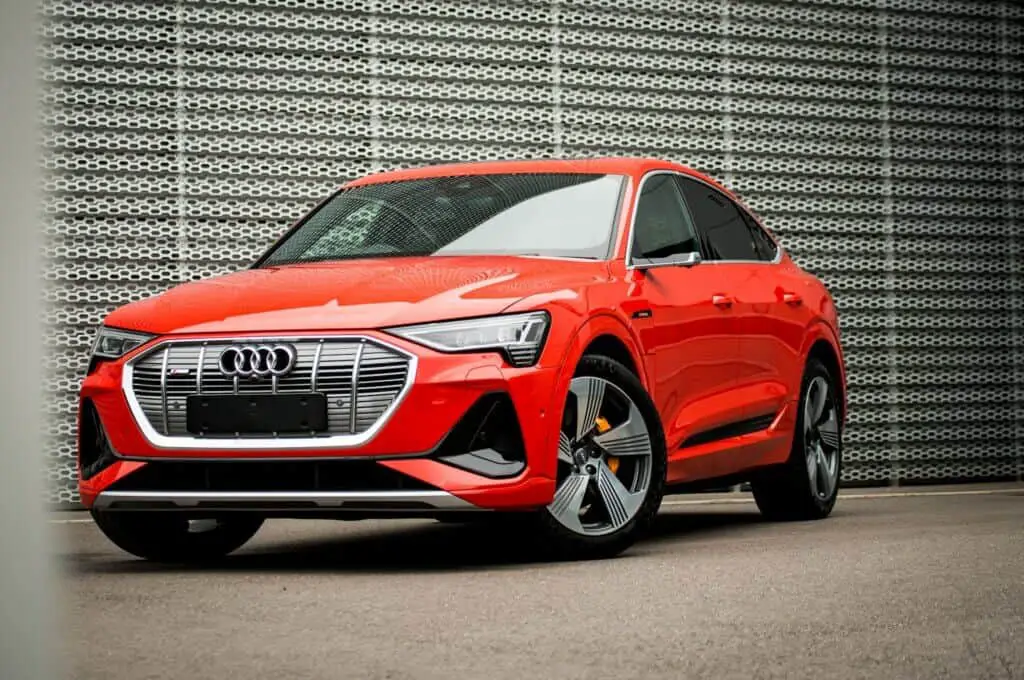Are you familiar with Mercedes S400 hybrid problems?
The Mercedes S400 is a luxury saloon car that offers regular gasoline and diesel engines in addition to a petrol-electric hybrid version. The S400 hybrid is the most versatile of the three Mercedes hybrid cars.
It has two 27 horsepower electric motors in addition to a 306 bhp 3.5 liter six-cylinder V6 engine. This engine performs powerfully and offers returns comparable to those of a regular diesel engine.
The automobile has two available wheelbases. The longer one features more options for the back seat, including two complete electric recliners. The recliners have motorized leg rests and built-in heating, cooling, massage, and even armrest heating.
Mercedes S400 Hybrid Recalls
Since 2011, the Mercedes S400 Hybrid has been the focus of numerous recalls. Owners report battery failure at 100,000 miles, making it financially unwise to restore the vehicle.
A central computer that, over time, loses the ability to interact with the defective power electronics module in the car is one of the other issues. The 2011-2014 model years have seen many severe recalls, making them the worst model years of the Mercedes S400 Hybrid car [1].
Mercedes S400 Hybrid Problems

- Engine Problems
Several people have had serious engine issues. Certain engines have encountered high oil consumption and a damaged catalyst as a result of oil leaks, which may result in engine failure.
Other encountered problems include stalling, hesitation, rough running, shaking, and lack of power. Certain 2014 Mercedes S400 Hybrid models have experienced failing mass air flow sensors, failing catalytic converters, high oil consumption, and electrical connector issues.
In some circumstances, the engines may require significant mechanical work or possibly, engine replacement. These vehicles frequently need to have their engines rebuilt, and as a result, their oil consumption consistently exceeds the recommended levels.
Additionally, the excessive accumulation of motor oil on the spark plug electrode in the Mercedes S400 Hybrid has led to issues with the Check Engine light’s illumination. The light serves as a warning sign for issues with the fuel injection system, the ignition system, or the oil consumption system [2].
Some S400 hybrid cars may have defective gasoline hoses, and engine heat might hasten their deterioration. It might spill fuel and perhaps start a fire. The leak can get worse if the defective line is taken out and put back in.
Installing an additional electric cooling fan control unit is one potential solution. It works after the engine is shut down to quickly reduce heat generated by the hybrid engine.
Some automobiles may experience poor lubrication, difficult starting, and loss of compression while using synthetic oil in hot weather. Several clients lament above-average oil consumption and defective rear rotor seals that cause oil leaks.
If the radiator cap pressure relief valve is adjusted too high, engine temperatures may rise above acceptable ranges. That might result in coolant dripping over the exhaust manifold, fire, and coolant leaking from the top of the engine, among other things [3]. It is necessary to replace both the radiator valve and cap.
In some situations, stalling and a harsh idle may be an issue when turning around corners. Although the fuel injection system needs to be cleaned, the issue may be a defective rubber air intake boot that flexes because the engine leans during the turn.
- Battery Problems
Failure of the hybrid battery is the most typical issue with Mercedes S400 hybrid cars. The high voltage battery frequently experiences charge level decreases to dangerously low levels, which make it impossible to start the car.
If the battery charge level falls below 15%, the car’s engine start function will be disabled. Replacement of the high-voltage battery in a Mercedes-Benz S400 hybrid typically costs between $15,429 and $15,484. While parts are priced between $15,220 and $15,220, labor is predicted to cost between $209 and $264 [4].
A 75Amp 12-volt charger attached to the jump-start terminals of the car can be used to charge the high-voltage battery. Similarly, the high voltage (HV) battery can be charged with a 12-volt 50 A battery charger.
However, the HV battery might be charged more quickly with an 80A or 100A 12-volt battery charger. A 12-volt system can be used to charge a high-voltage battery via the use of a DC/DC converter [5].
There have also been issues with the Mercedes S400 hybrid Battery Management System (BMS). The BMS is housed inside the hybrid battery. The hybrid battery’s charging is controlled by the BMS.
Making sure that each of the 35 Lithium-ion cells is evenly charged— that no cell has a larger or lower charge level than the others—is a crucial task. All the cells must be within 0.03 Volts of one another for the system to be properly charged.
The BMS keeps an eye on the condition of the interlock circuit, the cell temperature, the voltage of the hybrid battery, and the state of the contractors. The BMS also keeps track of the hybrid battery’s cooling system, which is powered by an electric air conditioner that also cools the interior [6].
- Oil Leaks
Oil leaks at the turbochargers’ inlet and output oil lines have been reported by several owners on customer forums. An oil leak from a damaged oil plug exposes the driver to risk, in addition to depleting the engine’s oil supply and resulting in complete engine failure.
The gasoline filter flanges in S-models were found to be defective. An NHTSA notice 12V557000 was issued to recall them because they might shatter under high operating temperatures or intense heat. The molded flange design is to blame for the defect.
Under pressure, the S400’s fuel filter could rupture, leak oil, or ignite if exposed to an outside ignition source. The notice requested the free replacement of the S400’s fuel filter at a nearby dealership for over 5,000 affected vehicles.
The majority of leaks are caused by worn-out engine gaskets, leaks from the oil pan, faulty oil seals, or faulty connections [7]. To fix this problem, check underneath the vehicle to inspect the oil pan seals. Furthermore, inspect the oil pan drain plug while you’re there. Next, examine the valve cover gaskets and the timing cover seal.
- Power Control Module Problem
The S400 was also recalled due to problems in the power electronics control module that result in no starts from low voltage. This issue is not unique. It is a well-known issue for the 2010-2012 model years.
The malfunctioning of the module causes the car to stall. One owner claimed that Mercedes only offered a short-term fix by swapping out the hybrid inverter power electronic control unit for the vehicle through campaign notice 2012080004.
The Mercedes S400 2010–2012 year model was covered by this notice. The primary issue, however, persisted and posed a major safety risk to the driver and passengers.
If you experience one of these PCM failure signs, don’t get alarmed. It’s possible that the issue is not caused by your PCM. For instance, a malfunctioning sensor or a shorted cable can be the root of the issue [8].
Read Also: Mercedes E300 Hybrid Problems
Conclusion
The Mercedes S400 Hybrid is ranked among the most reliable hybrid cars. However, the model comes with several issues. If it is not maintained, it could eventually develop a lot of issues.
The power electronic module and hybrid battery failures are the two issues that the Mercedes S400 hybrid encounter most frequently. Engine problems and oil leaks are also issues experienced with the model.
All of these issues are addressed in the owner’s manual maintenance plan and will be taken care of if you take the car in for routine tune-ups. In addition to the maintenance schedule, you must never disregard a Check Engine light.
Several things can cause this light to turn on, but they all serve to alert you that something is amiss or needs further investigation. You can take the car to a dealer if you are unsure of why the light is on.
They will use an OBD scanner to examine the fault code, which will provide you with more details. If you follow these steps, there shouldn’t be any significant issues with the car, and any faults that do develop may be identified and rectified quickly.
Generally, the Mercedes S400 Hybrids have a solid reputation as reliable, long-lasting automobiles.
Read Next: Mercedes C350e Hybrid Problems




